A 50-Year Comparison of the Carbon Footprint and Resource Use of the U.S. Pig Herd
How hog farmers reduced their carbon footprint.
This author has not written his bio yet.
But we are proud to say that Minnesota Pork Producers Association contributed 76 entries already.
How hog farmers reduced their carbon footprint.
May 8, 2012 – Undercover video from a Wyoming hog farm released today by an animal rights group shows practices that are abhorrent to U.S. pork producers. The National Pork Producers Council condemns such actions, which are not in accord with the U.S. pork industry’s best practices that are exemplified in its Pork Quality Assurance […]
America’s hog farmers are committed to producing safe, affordable and healthful foods for consumers, using industry practices that have been designed with input from veterinarians and other animal-care experts. Providing humane and compassionate care for their pigs at every stage of life is one of the ethical principles to which U.S. hog farmers adhere.
There are many different types of acceptable housing types in use by U.S. hog farmers for housing gestating sows. These housing types usually fit in one of two categories: Individual housing Group housing The American Veterinary Medical Association (AVMA) and the American Association of Swine Veterinarians (AASV) have reviewed existing scientific literature on sow housing […]
WASHINGTON, D.C., April 27, 2012 – Domino’s Pizza shareholders last Wednesday rejected – by a majority vote of 80 percent – a resolution from the Humane Society of the United States (HSUS) requiring its pork suppliers to stop the use of gestation stalls. The National Pork Producers Council hailed the move as a vote for […]
